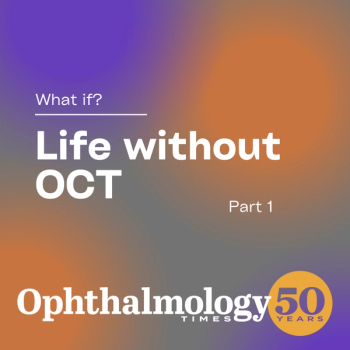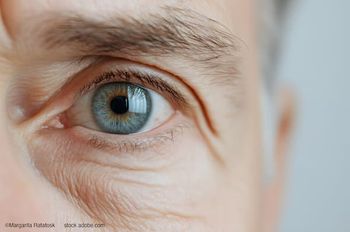
- Ophthalmology Times: July 1, 2020
- Volume 45
- Issue 11
Stepping up to meet visual needs of refugees in Bangladesh
One company is providing urgent eye care to patients in a refugee camp settlement of Rohingya.
This article was reviewed by Danny Haddad, MD.
The sudden influx of refugees into southeast Bangladesh from Myanmar in 2017 was instrumental in creating a settlement of Rohingya, members of a Muslim minority sect, that is larger than some major international populations and their surroundings, and with all the inherent difficulties.
In 2018, the Qatar Fund for Development reached out to Orbis International based on its recognition of the mounting need for eye care in this settlement, which is the largest such in the world. Orbis is an international organization with the mission of preventing and treating avoidable blindness.
The need for eye care
Upon that request for a helping hand, according to Danny Haddad, MD, Orbis began assessing the timing of the introduction of eye care to the camp based on the living status of the refugees regarding their safety, hygiene, and the basic needs being met first.
“Based on discussions with the World Health Organization (WHO), we saw that this was the right time to start building the resilience of this population, which appeared to be going to remain static for the foreseeable future,” Haddad said. “Ascertaining that the non-communicable diseases were addressed as well was an important issue.”
The organization’s assessment of the camp’s status is one of the largest published datasets on refugee eye health, and it underscored the high degree of eye disease among the members of this displaced population.
Related:
The study, which indicated the urgent need for eye care among the refugees, was published in PLOS Medicine in March 2020 (
A noteworthy aspect of the eye-care program was that the care that was extended was not limited to the refugee population but also included the host population. This decision took into consideration the huge resource drain from the host population that accompanied bolstering of the refugee camps, Haddad noted.
“It was important that their health care needs also were addressed,” he said.
A major observation of Orbis’ assessment was that
“This likely reflected the poor living conditions in combination with ultraviolet light exposure, malnutrition, and episodes of severe diarrhea, under which these patients were living,” he said. “Many of these patients who were blinded by cataracts were in their early 40s, about 10 years earlier than in other low-income countries. This was shocking to me.”
The impact of
“Being able to see again after surgery and establish social connections was incredible for these patients,” Haddad commented.
Related:
Orbis has set up a vision center in one camp that also serves surrounding camps. Vision screening takes place in this center and patients with refractive errors are provided with glasses free of charge. When surgery is needed, patients are transported to a partner hospital, the Cox’s Bazar Baitush Sharaf Hospital.
Children undergo vision screening at the schools in the camp and the host schools for strabismus, congenital
Thus far, about 68,000 people have undergone screening; most visual loss has been the result of refractive errors and cataracts.
Haddad reported that the prevalence of operable cataracts was 3- to 6-fold higher among working-age Rohingya (age range, 18-59 years) than in the host population.
He noted that a random sampling of the Rohingya who had cataracts removed showed excellent surgical outcomes when benchmarked against a large online database of other global users.
Related:
Effect of the pandemic
The
“Great precautions have been put in place by the government of Bangladesh, WHO, and the United Nations High Commissioner for Refugees to protect the camps from outbreaks. In this event, the focus is on providing emergency care. We are working on a lower scale than previously to provide our partners with the opportunity to deal with the pandemic,” Haddad explained.
The global emergency need for personal protective equipment, masks, swabs, and test kits also extends to Bangladesh. While social distancing is difficult, attempts to control exposure include limiting the number of people who can enter the camps.
The
---
Danny Haddad, MD
e:[email protected]
Dr. Haddad has no financial interest in this subject matter. Dr Haddad is chief of programs, Orbis International, New York.
Articles in this issue
over 5 years ago
Pearls for managing COVID-19 pandemic north of the borderover 5 years ago
Investigators target algorithm for diagnosing glaucomaover 5 years ago
A sight for sore eyesover 5 years ago
Ultra-widefield imaging can enhance efficiency for practicesover 5 years ago
Study targets results of MIGS device versus trabeculectomyover 5 years ago
Getting it right: There is no magic bullet for IOL calculationsover 5 years ago
Surgeons discuss MIPS, impact of pass-through medicationsover 5 years ago
For IOL placement, location is keyNewsletter
Don’t miss out—get Ophthalmology Times updates on the latest clinical advancements and expert interviews, straight to your inbox.


















































.png)


